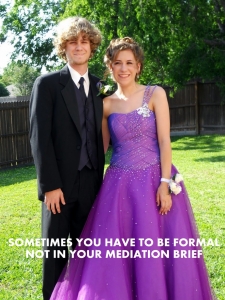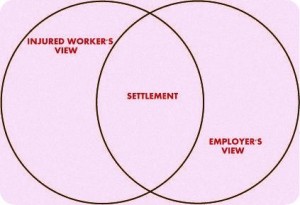Privacy Issues When Predators Cause Comp Claims
In the #MeToo and #TimesUp![]() era, employees may be more ready to assert sexual aggression claims than in the past. These situations could lead to a workers compensation claim, a civil suit or even criminal proceedings. Privacy is an issue in each setting, but only in comp is the claims professional engaged in the victim’s medical treatment. Privacy issues merit consideration throughout the life of the claim, including at time of resolution.
era, employees may be more ready to assert sexual aggression claims than in the past. These situations could lead to a workers compensation claim, a civil suit or even criminal proceedings. Privacy is an issue in each setting, but only in comp is the claims professional engaged in the victim’s medical treatment. Privacy issues merit consideration throughout the life of the claim, including at time of resolution.
The applicability of SB 863 and Labor Code §4660.1(c) regarding the compensability of psych claims is outside the scope of this post.

Who is the adjuster?
Advocacy based claims handling emphasizes empathy with the injured worker. Adjusting a claim for physical injury from rape, actual or attempted, or a psych claim arising from sexual aggression may call for special attention to who will see the injured worker’s records. A female adjuster may be best suited to handle a woman’s claim. But reports of Kevin Spacey’s and others’ behavior remind us this problem is not limited to aggression against women.
An important concern with #MeToo claims is to avoid a string of claims personnel who have access to the injured workers’ medical records as they make treatment authorization decisions. Some companies have procedures to limit access to sensitive records. However, the longer a case is pending, the more likely it is that multiple people will need to see these records, possibly causing additional stress for the injured worker.
Confidential Resolution
As with all other workers compensation claims, early resolution is best. Mediation is the most private place to resolve sexual aggression claims. Unlike with an informal meeting, mediation confidentiality is mandated by law.
A WCAB hearing may create additional psychological issues for someone who has had these experiences. Assure that person or their representative that participants are barred from disclosing what happens in a mediation in other forums.
Additionally, caucusing enhances a claimant’s privacy. Once I have separated the parties into separate spaces,they can talk to me without fear that anything will be communicated to those in the other room without their permission. As the mediator, I can reframe the injured worker’s concerns to maximize privacy. This environment facilitates case settlement.









